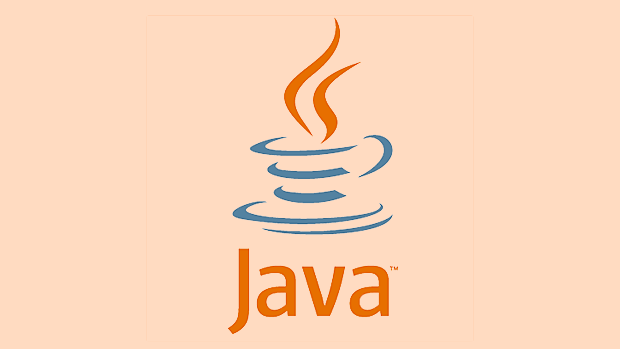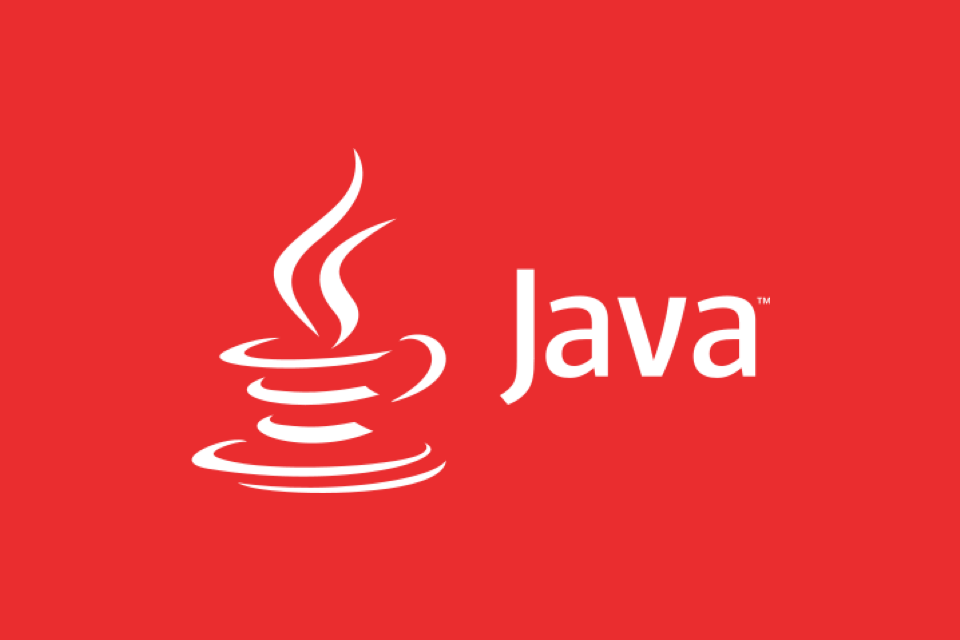Java records are ideal for modeling immutable data, as they automatically generate constructors, accessors, equals, hashCode, and toString methods, ensuring immutability and reducing boilerplate; 1. Records provide transparent, safe data carriers perfect for DTOs, configuration holders, and API returns; 2. They enhance code clarity and safety by eliminating mutable state and supporting functional programming; 3. Custom validation can be added via compact constructors without sacrificing brevity; 4. Use records when the class is a pure data carrier with no behavior or inheritance needs; 5. Avoid them for mutable state, complex logic, or classes requiring inheritance, making them unsuitable for entities like BankAccount but ideal for TransactionSummary.

Java records are a game-changer when it comes to modeling immutable data. Introduced in Java 14 as a preview feature and finalized in Java 16, records offer a concise, clean, and safe way to represent data carriers—classes whose main purpose is to hold data with little or no behavior.

Unlike traditional POJOs (Plain Old Java Objects), which require boilerplate code like constructors, getters, equals(), hashCode(), and toString(), records eliminate that noise. When you define a record, the compiler automatically generates all of this for you, based on the components you declare.
What Makes Records Ideal for Immutable Data?
A record is, by design, immutable. You declare its components in the header, and Java creates a private, final field for each. It also generates a public constructor and accessor methods (with the same name as the component, not getXXX()), but no setters—because there’s no need. Once a record is created, its state cannot change.

public record Person(String name, int age) {}That single line gives you:
- Private final fields for
nameandage - A public constructor
- Public accessor methods:
name()andage() - Automatically implemented
equals(),hashCode(), andtoString()
This makes records perfect for data transfer objects (DTOs), configuration holders, or return types from methods where immutability ensures thread safety and prevents unintended side effects.

How Records Improve Code Safety and Clarity
Because records are transparent carriers of data, their structure is clear at a glance. There’s no hidden state or complex logic. This transparency supports functional programming principles and works well with streams, pattern matching (especially with switch and instanceof in newer Java versions), and serialization frameworks.
Also, immutability reduces bugs. Consider this:
List<Person> people = Arrays.asList(
new Person("Alice", 30),
new Person("Bob", 25)
);You can safely share this list across threads or pass it to other methods without worrying that someone will alter a Person object’s internal state later.
And if you need validation, you can still customize the canonical constructor:
public record Person(String name, int age) {
public Person {
if (age < 0) throw new IllegalArgumentException("Age must be non-negative");
if (name == null || name.isBlank()) throw new IllegalArgumentException("Name is required");
}
}Here, the compact constructor lets you validate inputs while preserving immutability and brevity.
When to Use Records (and When Not To)
Records shine when:
- The class is primarily a data carrier
- You want immutability by default
- You don’t need in-class behavior beyond basic accessors
- You’re using the object in collections, streams, or APIs
But avoid records when:
- You need mutable state
- The class has complex business logic or many methods
- You want inheritance (records can’t extend other classes)
- You need fine-grained control over field representation
For example, a BankAccount with deposit/withdraw methods or balance tracking isn’t a good fit. But a TransactionSummary with amount, date, and type? Perfect.
Bottom Line
Java records reduce boilerplate, enforce immutability, and make your intent clear. They’re not meant to replace all classes, but for data-centric models, they’re a powerful, expressive tool that leads to safer, more maintainable code.
Use them where appropriate, and you’ll find your codebase cleaner and less error-prone. Basically, if you’re writing a class that’s just private final fields getters equals/hashCode/toString, it’s probably a record waiting to happen.
The above is the detailed content of The Power of Java Records for Immutable Data. For more information, please follow other related articles on the PHP Chinese website!

Hot AI Tools

Undress AI Tool
Undress images for free

Undresser.AI Undress
AI-powered app for creating realistic nude photos

AI Clothes Remover
Online AI tool for removing clothes from photos.

Clothoff.io
AI clothes remover

Video Face Swap
Swap faces in any video effortlessly with our completely free AI face swap tool!

Hot Article

Hot Tools

Notepad++7.3.1
Easy-to-use and free code editor

SublimeText3 Chinese version
Chinese version, very easy to use

Zend Studio 13.0.1
Powerful PHP integrated development environment

Dreamweaver CS6
Visual web development tools

SublimeText3 Mac version
God-level code editing software (SublimeText3)
 Asynchronous Programming Techniques in Modern Java
Jul 07, 2025 am 02:24 AM
Asynchronous Programming Techniques in Modern Java
Jul 07, 2025 am 02:24 AM
Java supports asynchronous programming including the use of CompletableFuture, responsive streams (such as ProjectReactor), and virtual threads in Java19. 1.CompletableFuture improves code readability and maintenance through chain calls, and supports task orchestration and exception handling; 2. ProjectReactor provides Mono and Flux types to implement responsive programming, with backpressure mechanism and rich operators; 3. Virtual threads reduce concurrency costs, are suitable for I/O-intensive tasks, and are lighter and easier to expand than traditional platform threads. Each method has applicable scenarios, and appropriate tools should be selected according to your needs and mixed models should be avoided to maintain simplicity
 Best Practices for Using Enums in Java
Jul 07, 2025 am 02:35 AM
Best Practices for Using Enums in Java
Jul 07, 2025 am 02:35 AM
In Java, enums are suitable for representing fixed constant sets. Best practices include: 1. Use enum to represent fixed state or options to improve type safety and readability; 2. Add properties and methods to enums to enhance flexibility, such as defining fields, constructors, helper methods, etc.; 3. Use EnumMap and EnumSet to improve performance and type safety because they are more efficient based on arrays; 4. Avoid abuse of enums, such as dynamic values, frequent changes or complex logic scenarios, which should be replaced by other methods. Correct use of enum can improve code quality and reduce errors, but you need to pay attention to its applicable boundaries.
 Understanding Java NIO and Its Advantages
Jul 08, 2025 am 02:55 AM
Understanding Java NIO and Its Advantages
Jul 08, 2025 am 02:55 AM
JavaNIO is a new IOAPI introduced by Java 1.4. 1) is aimed at buffers and channels, 2) contains Buffer, Channel and Selector core components, 3) supports non-blocking mode, and 4) handles concurrent connections more efficiently than traditional IO. Its advantages are reflected in: 1) Non-blocking IO reduces thread overhead, 2) Buffer improves data transmission efficiency, 3) Selector realizes multiplexing, and 4) Memory mapping speeds up file reading and writing. Note when using: 1) The flip/clear operation of the Buffer is easy to be confused, 2) Incomplete data needs to be processed manually without blocking, 3) Selector registration must be canceled in time, 4) NIO is not suitable for all scenarios.
 How Java ClassLoaders Work Internally
Jul 06, 2025 am 02:53 AM
How Java ClassLoaders Work Internally
Jul 06, 2025 am 02:53 AM
Java's class loading mechanism is implemented through ClassLoader, and its core workflow is divided into three stages: loading, linking and initialization. During the loading phase, ClassLoader dynamically reads the bytecode of the class and creates Class objects; links include verifying the correctness of the class, allocating memory to static variables, and parsing symbol references; initialization performs static code blocks and static variable assignments. Class loading adopts the parent delegation model, and prioritizes the parent class loader to find classes, and try Bootstrap, Extension, and ApplicationClassLoader in turn to ensure that the core class library is safe and avoids duplicate loading. Developers can customize ClassLoader, such as URLClassL
 How does a HashMap work internally in Java?
Jul 15, 2025 am 03:10 AM
How does a HashMap work internally in Java?
Jul 15, 2025 am 03:10 AM
HashMap implements key-value pair storage through hash tables in Java, and its core lies in quickly positioning data locations. 1. First use the hashCode() method of the key to generate a hash value and convert it into an array index through bit operations; 2. Different objects may generate the same hash value, resulting in conflicts. At this time, the node is mounted in the form of a linked list. After JDK8, the linked list is too long (default length 8) and it will be converted to a red and black tree to improve efficiency; 3. When using a custom class as a key, the equals() and hashCode() methods must be rewritten; 4. HashMap dynamically expands capacity. When the number of elements exceeds the capacity and multiplies by the load factor (default 0.75), expand and rehash; 5. HashMap is not thread-safe, and Concu should be used in multithreaded
 Effective Use of Java Enums and Best Practices
Jul 07, 2025 am 02:43 AM
Effective Use of Java Enums and Best Practices
Jul 07, 2025 am 02:43 AM
Java enumerations not only represent constants, but can also encapsulate behavior, carry data, and implement interfaces. 1. Enumeration is a class used to define fixed instances, such as week and state, which is safer than strings or integers; 2. It can carry data and methods, such as passing values ??through constructors and providing access methods; 3. It can use switch to handle different logics, with clear structure; 4. It can implement interfaces or abstract methods to make differentiated behaviors of different enumeration values; 5. Pay attention to avoid abuse, hard-code comparison, dependence on ordinal values, and reasonably naming and serialization.
 How to handle exceptions properly in Java?
Jul 06, 2025 am 02:43 AM
How to handle exceptions properly in Java?
Jul 06, 2025 am 02:43 AM
The key to handling exceptions in Java is to catch them, handle them clearly, and not cover up problems. First, we must catch specific exception types as needed, avoid general catches, and prioritize checkedexceptions. Runtime exceptions should be judged in advance; second, we must use the log framework to record exceptions, and retry, rollback or throw based on the type; third, we must use the finally block to release resources, and recommend try-with-resources; fourth, we must reasonably define custom exceptions, inherit RuntimeException or Exception, and carry context information for easy debugging.
 What is a Singleton design pattern in Java?
Jul 09, 2025 am 01:32 AM
What is a Singleton design pattern in Java?
Jul 09, 2025 am 01:32 AM
Singleton design pattern in Java ensures that a class has only one instance and provides a global access point through private constructors and static methods, which is suitable for controlling access to shared resources. Implementation methods include: 1. Lazy loading, that is, the instance is created only when the first request is requested, which is suitable for situations where resource consumption is high and not necessarily required; 2. Thread-safe processing, ensuring that only one instance is created in a multi-threaded environment through synchronization methods or double check locking, and reducing performance impact; 3. Hungry loading, which directly initializes the instance during class loading, is suitable for lightweight objects or scenarios that can be initialized in advance; 4. Enumeration implementation, using Java enumeration to naturally support serialization, thread safety and prevent reflective attacks, is a recommended concise and reliable method. Different implementation methods can be selected according to specific needs






